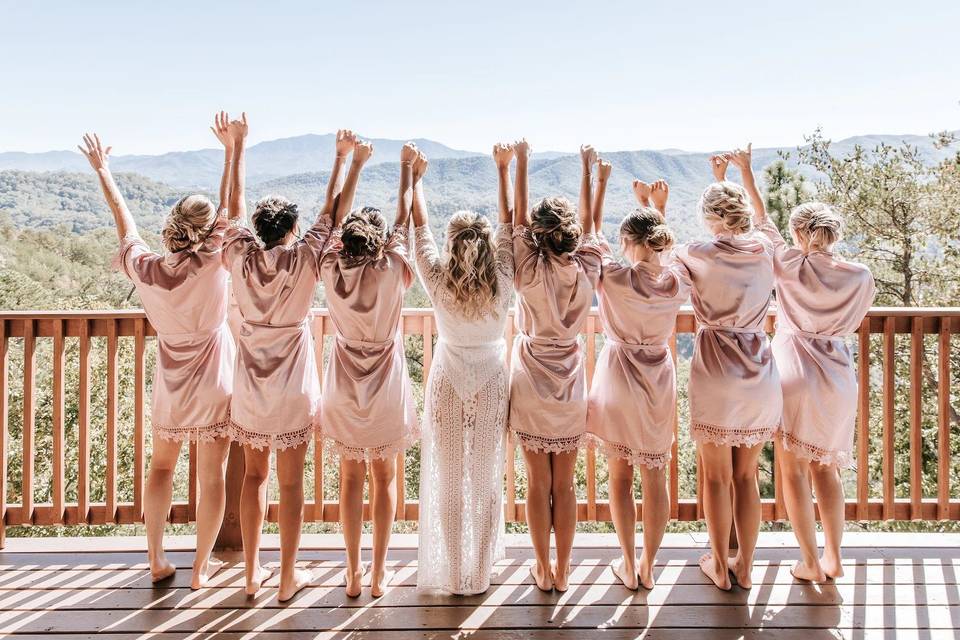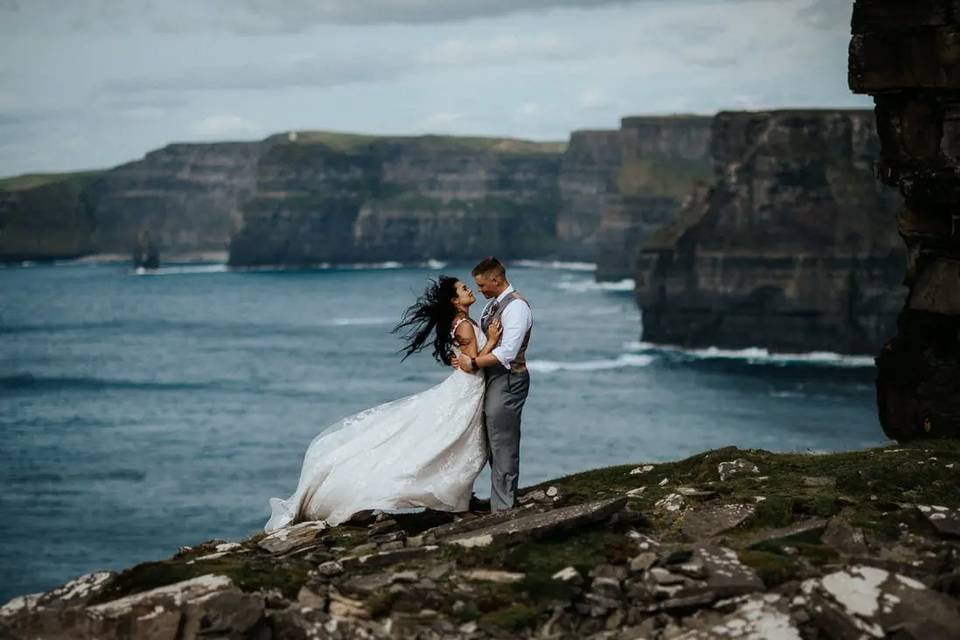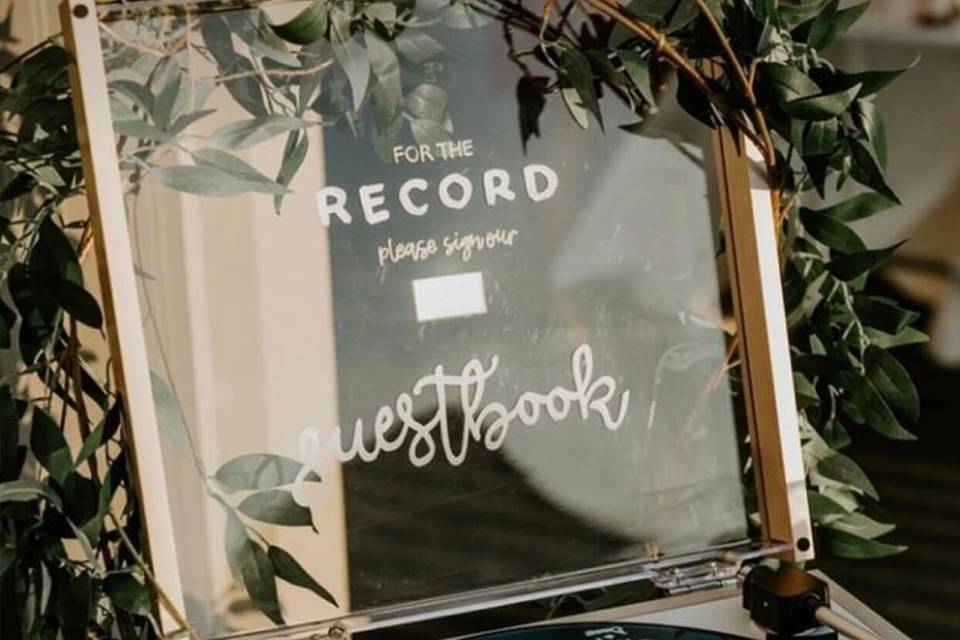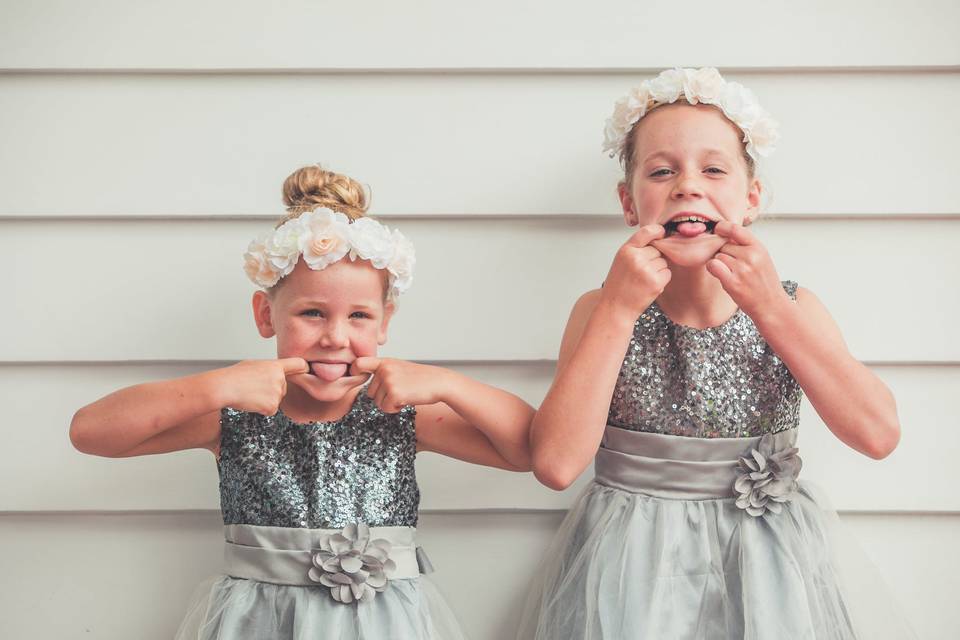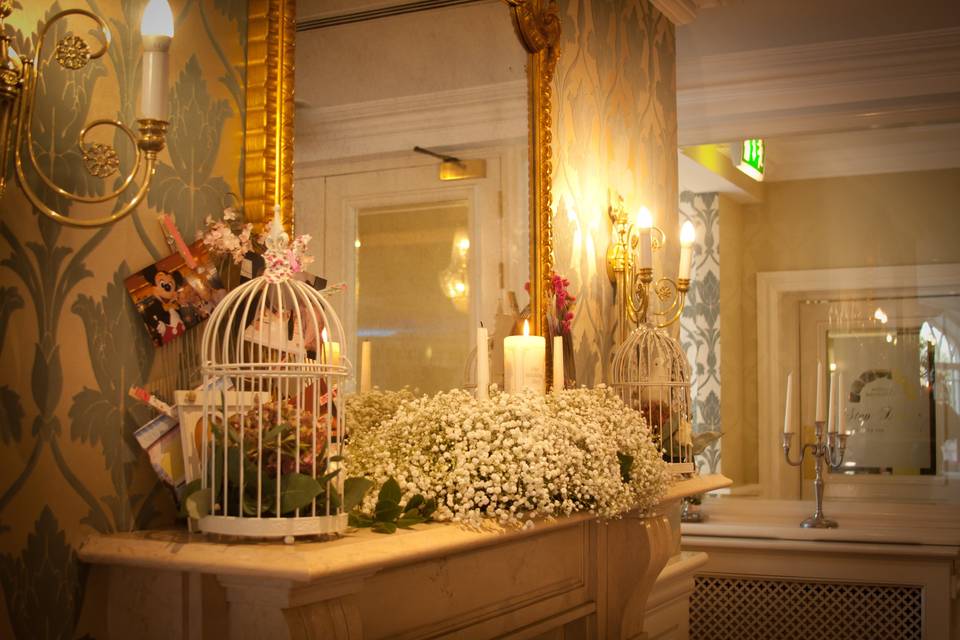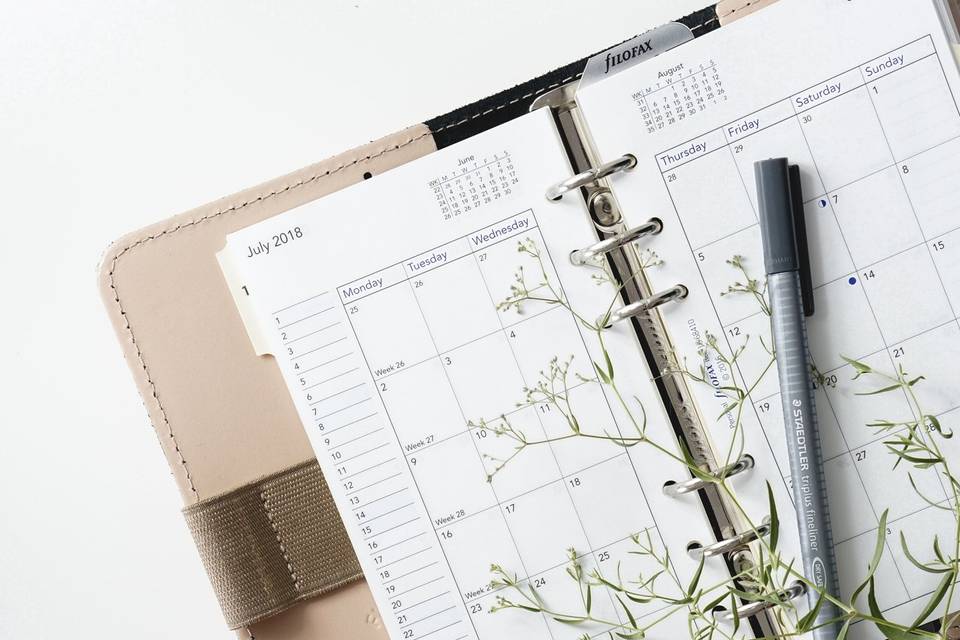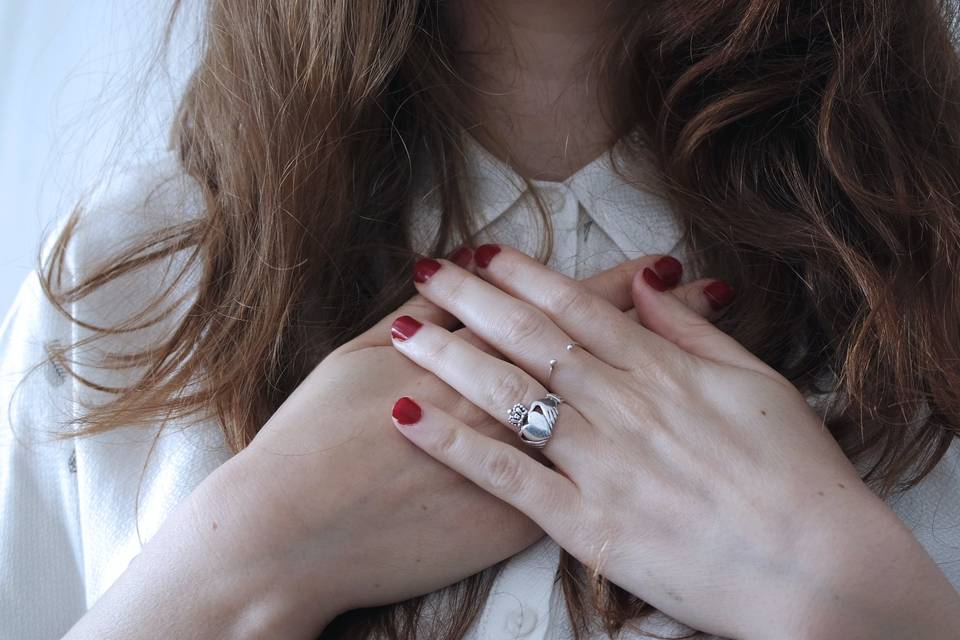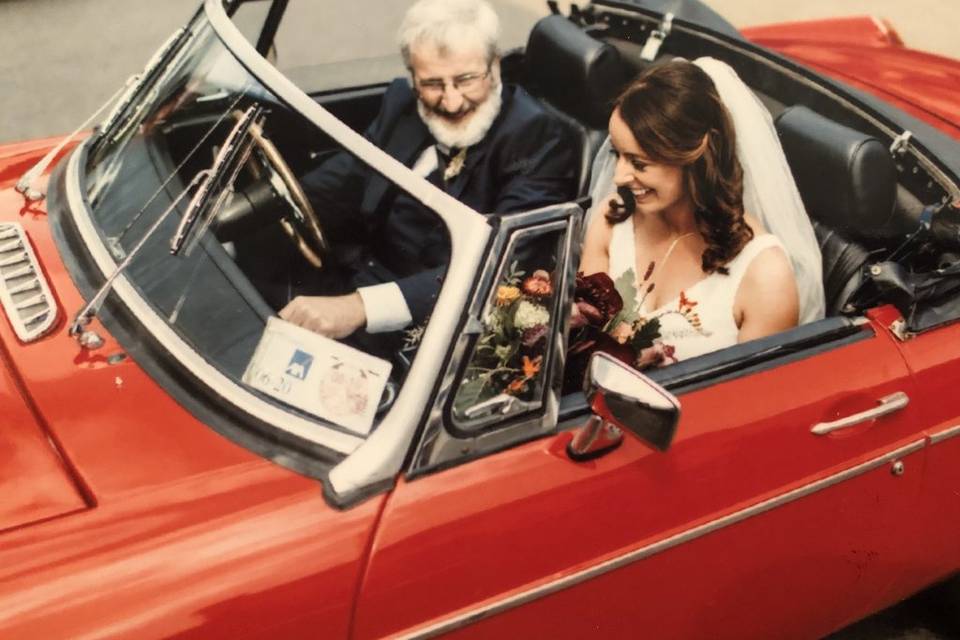Wedding Traditions
Wedding Traditions- the wierd and wonderful!
Something old, something new, something borrowed, something blue. This is an old rhyme that surely every bride knows, and probably follows, but why?
Something old will ensure her friends are faithful to her when she needs them. Something new will promise success in her new life, whereas something borrowed will mean she takes with her the love of her family and something blue is said to symbolise constancy.
Should a girl get married before her elder sisters do, they should all wear green garters at the wedding. This is a custom that dates back to the English medieval period that part of the costume of an elder, unmarried sister at the marriage of her younger sister was green stockings.
It is a tradition that has been held for a long time, that the bridegroom is not supposed to see the wedding dress before the actual ceremony.
It is also said to be unlucky for the entire outfit to be tried on before the big day and even more unlucky to try on the veil with the dress before the wedding day.
At the last moment, the bride should take a look in the mirror and make the last few final adjustments to her appearance. Be sure to leave no pins in the dress on the morning of the wedding as they are unlucky. However, should a spider be found caught in the folds of the dress, this is said to bring good fortune.
Many girls choose to wear their mother’s or grandmother’s veil as wearing the bridal veil of a happily married woman is considered lucky.
Once the wedding is over, the bride should not let a friend try on her veil. This is supposed to mean that she’ll run off with your husband!
There a much fewer superstitions concerning the bridegroom. However, it is said to be unlucky if he drops his hat. Although, carrying a small horseshoe in his pocket will bring good luck.
Telegrams should not be passed to the bridegroom on his way to the church. Furthermore, any sums of money that needs to be paid out during the day, should be given in odd amounts.
Changing the date of the wedding is considered very unlucky, unless there are exceptional circumstances, and so naming the day should not be left to chance.
Marrying during a full moon is lucky and during Lent is a bad decision: “If you marry in Lent, you’re sure to repent”.
The tradition of the choice of the third finger of the left hand for the wedding ring began with the Romans. They believed that a vein ran from this finger, straight to the heart. However, there is some doubt as to this origin. Others believe that it began because the left hand is the often the least used and so a more practical choice to adorn a wedding ring.
Ancient Gauls and Britons used the little finger whereas the Egyptians would use the middle finger of the left hand
Roman Catholics had a preference to using the right hand for betrothal until the middle of the 18th century.
Many people have heard of the superstition that it is unlucky for a bride to try on her wedding ring before she is due to be married. Furthermore, the first person of the couple who drops the ring in church will unfortunately be the first to die.
It is considered unlucky to remove a wedding ring before the seventh year of marriage.
The tiered cake, most often chosen by couples today is rumoured to have been created by a baker inspired by Wren’s design of St Bride’s Church.
The cutting of the cake is now a focal point at any reception and is a tradition steeped in history, when the first cut was made by the bride, to ensure her marriage would be blessed by children.

